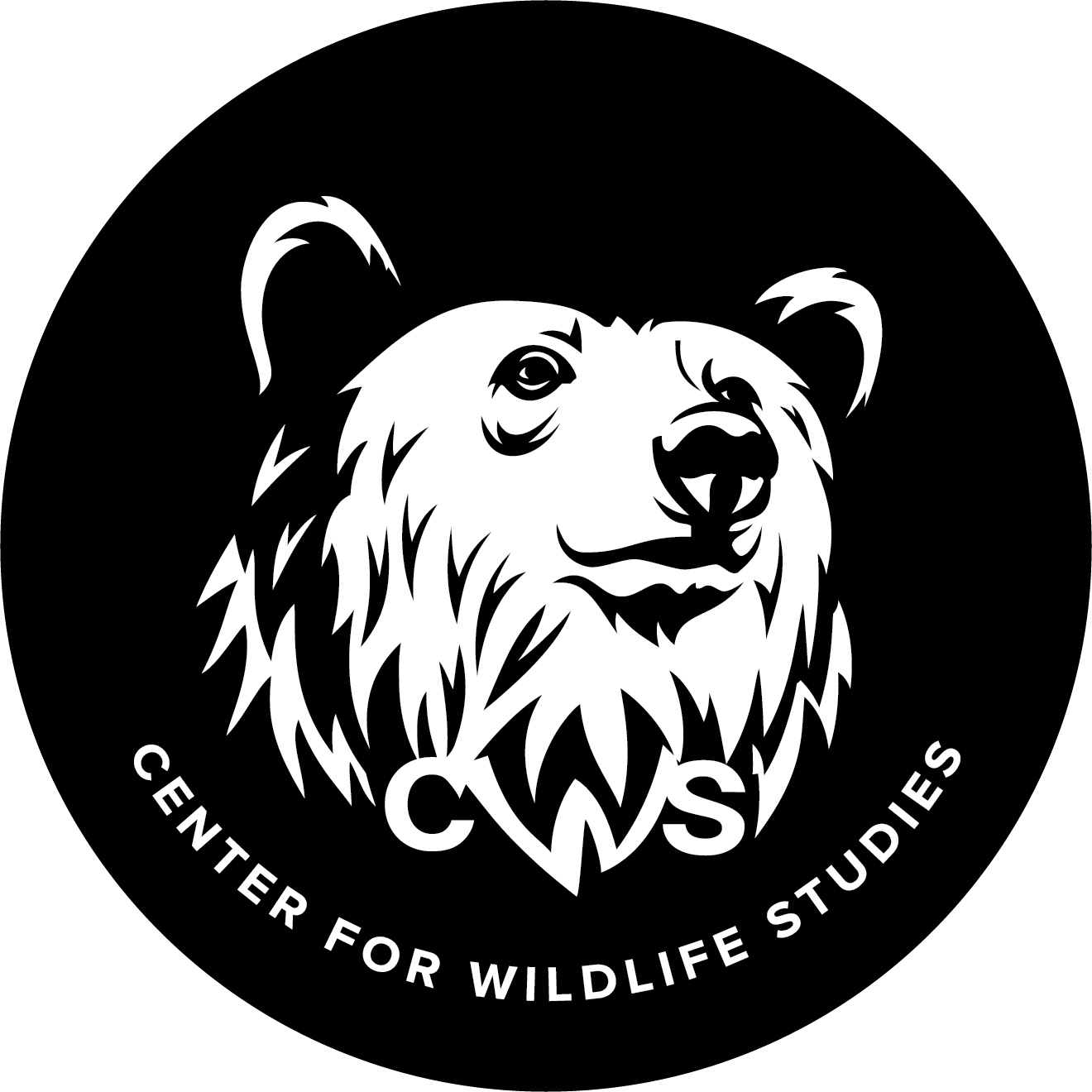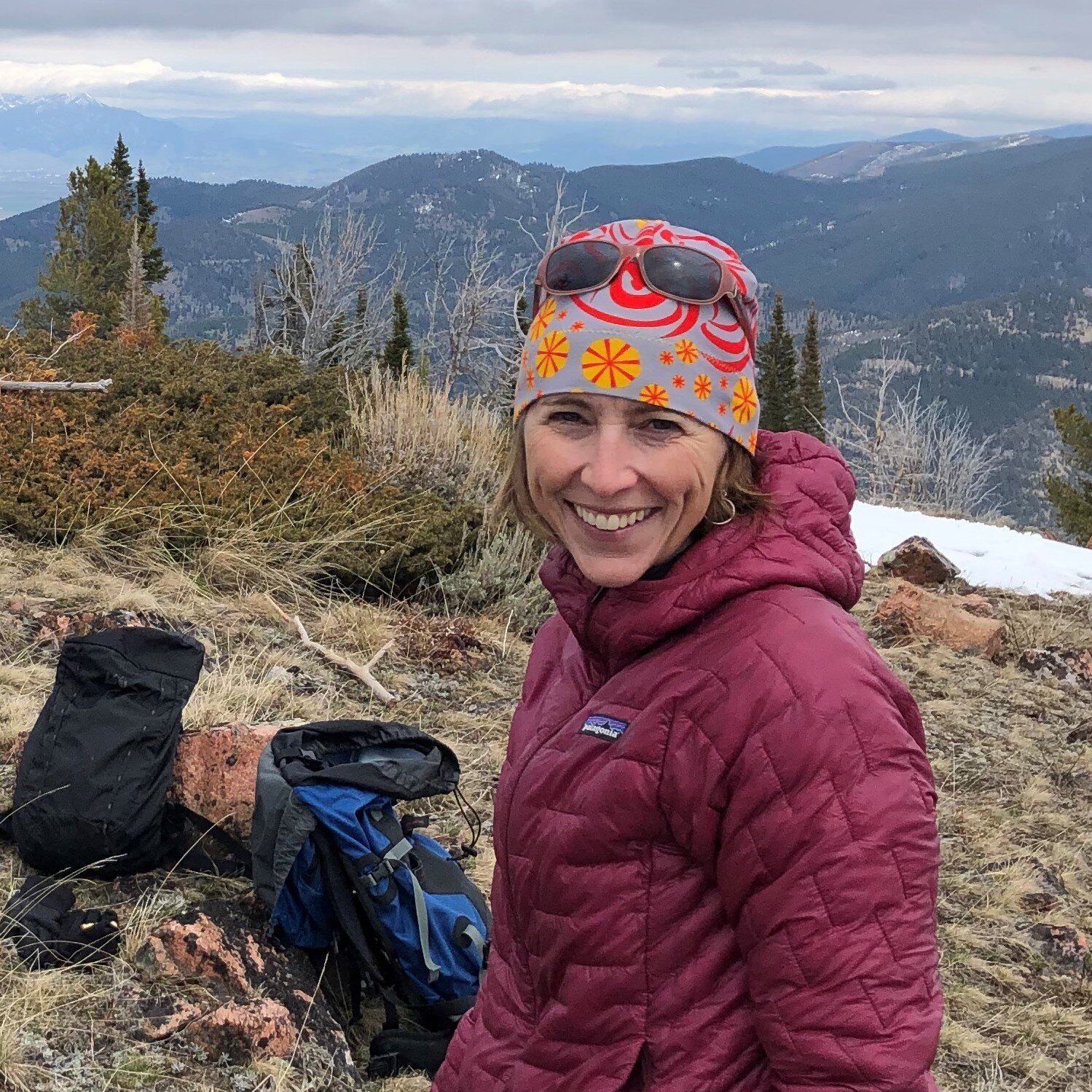Dr. Gina Himes Boor
Quantitative Ecologist, Center for Wildlife Studies
Assistant Research Professor, Montana State University
Ph.D. Biology, Montana State University
Email: ghimesboor@gmail.com
Gina is a conservation biologist and applied ecologist. Her research focuses on developing models to better understand the demographic and spatial-use patterns that contribute to the decline and recovery of imperiled species. She uses a diverse set of quantitative tools, from hierarchical to individual-based modeling, to improve species management in the face of uncertainty and limited data. She has worked on a wide range of taxa including marine and terrestrial mammals, birds, insects, fish, and plants.
Some of her current research includes estimating survival and fecundity of Cook Inlet beluga whales using a Bayesian state-space mark-recapture model and photo-ID data, developing spatially explicit individual-based models for red-cockaded woodpeckers and St. Francis satyr butterflies, and assessing meta-population dynamics of Venus flytrap.
-
Ecological Modeling in R
-
McGuire, T.L., *G.K. Himes Boor, J.R. McClung, A.D. Stephens, C. Garner, K. Shelden, B.Wright. In press. Distribution and habitat use by Cook Inlet beluga whales: Insights from a long-term photo-identification study for management and recovery of an endangered population. Aquatic Conservation: Marine and Freshwater Ecosystems. (*denotes co-first authors)
Jacobson, E.K., C. Boyd, T.L. McGuire, K.E.W. Shelden, G.K. Himes Boor, A.E. Punt. 2020. Assessing cetacean populations using integrated population models: an example with Cook Inlet beluga whales. Ecological Applications. In press. doi:10.1002/eap.2114
Himes Boor, G.K. & Ford, R.G. 2019. Using a mark-recapture model to estimate beaching probability of seabirds killed in nearshore waters during the Deepwater Horizon oil spill. Environ Monit Assess 191:813. https://doi.org/10.1007/s10661-019-7919-9Himes Boor, G.K., C. Schultz, E. Crone, and W.F. Morris. 2018. Mechanism matters: the cause of fluctuations in boom-bust populations governs optimal habitat restoration strategy. Ecological Applications 28(2):356-372.
Pietrek, A. G., G. K. Himes Boor, and W. F. Morris. 2017. How effective are buffer zones in managing invasive beavers in Patagonia? A simulation study. Biodiversity and Conservation 26:2591-2605.
Doak, D.F., G.K. Himes Boor, V.J. Bakker, W.F. Morris, A. Louthan, S. Morrison, A. Stanley, and L. Crowder. 2015. Recommendations for improving recovery criteria under the United States Endangered Species Act. BioScience 65:189-199.
Himes Boor, G.K. 2014. A framework for developing “objective and measurable” recovery criteria for threatened and endangered species. Conservation Biology 28(1):33-43.
Taylor, R.A. and G.K. Himes Boor. 2012. Beyond the robust design: Accounting for changing, uncertain states and sparse, biased detection in a multistate mark-recapture model. Ecological Modeling 243:73-80.
Himes Boor, G.K. and R.J. Small. 2012. Steller sea lion spatial-use patterns derived from a Bayesian model of opportunistic observations. Marine Mammal Science 28(4):E375-E406.


